Swedish Ivy Care - Learn How to Care for Variegated Swedish Ivy
White edged Swedish ivy also known as Plectranthus coleoides is a perennial in the Lamiaceae family. The species originates in eastern India. It's quite common in Asia and Africa. Thanks to its interesting appearance and properties, it's becoming popular on other continents as well. Are you wondering whether a Swedish ivy is a good choice for you? Learn how to care for Swedish ivy and create the best conditions for the plant.
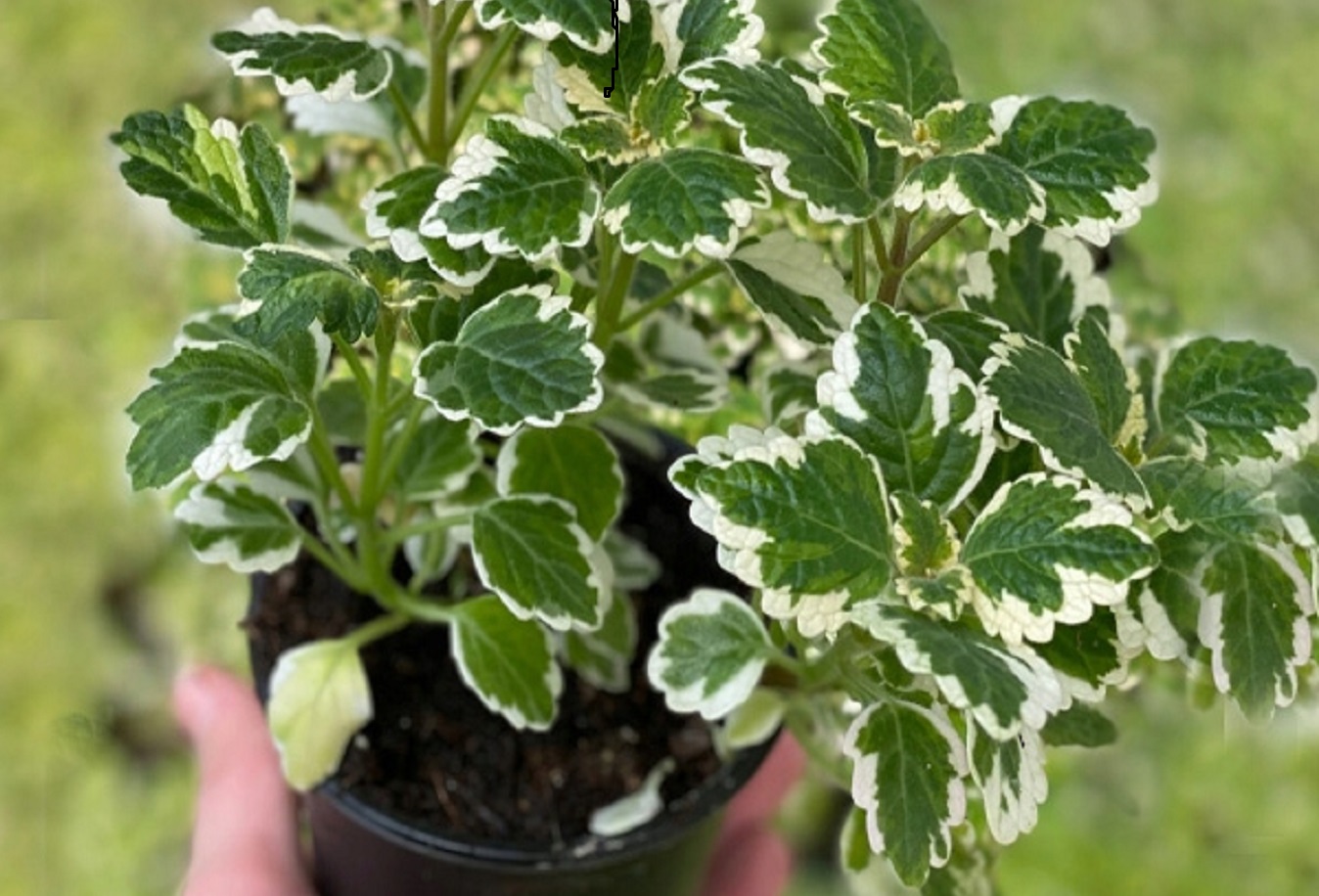
What does a Swedish ivy look like?
Swedish ivy is considered an annual plant. But in fact, with a small help and proper care, it can survive even a few years.
At first, the plant develops straight and long branches, which then begin to curl to sides. Keep in mind the sprigs can become even a few meters long. Swedish ivy blooms beautifully - it develops small, inconspicuous light-purple flowers.
Very popular variegated Swedish ivy can be easily recognized by the white edges of the leaves.
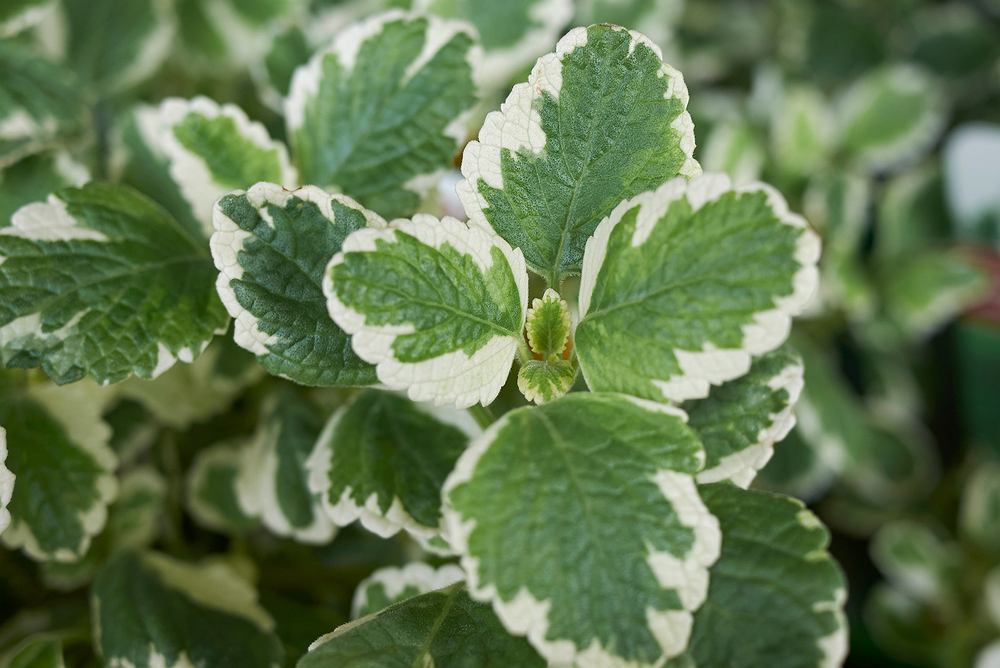
Swedish ivy - blooming
Swedish ivy has characteristic small delicate flowers, typical for the Lamiaceae group. They appear in the form of 15-20 centimeter long tails, growing from the top of the plant’s branches.
Depending on the variety - the flowers are light-purple or white.
What are the types of Swedish ivy?
There are a few types of Swedish ivy plants. The variegated variety is the most popular one - it’s the one with characteristic leaves with white edges. This type is also known as Marginatus.
Other popular types include:
- Cilatus - its leaves are irregular and have white spots on the surface.
- Elf - has thicker leaves, which contain two shades of green.
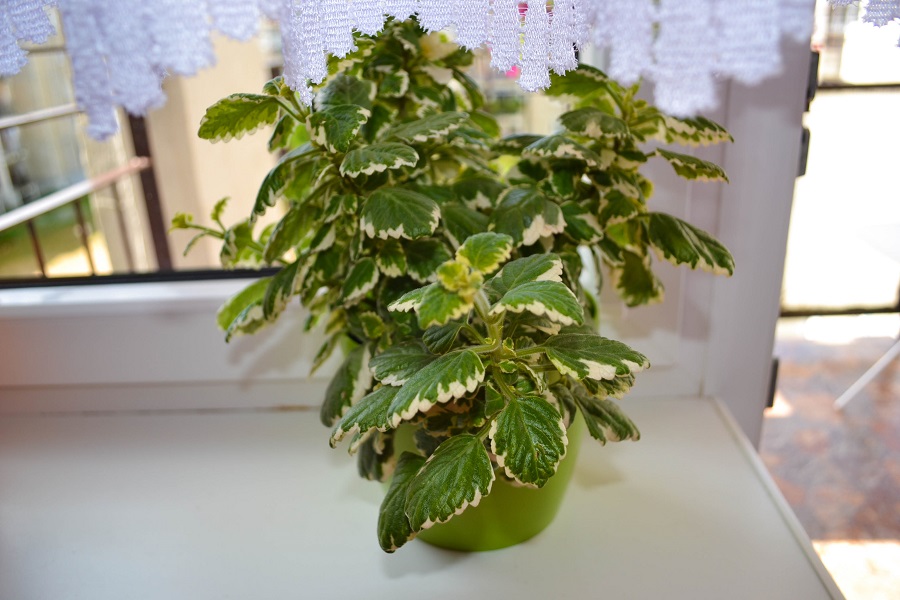
Swedish ivy - a plant of special benefits
Swedish ivy is valued not only for its appearance, but also for its properties. The smell of the plant is beneficial for those who suffer from sinus issues. But it’s not the only advantage. It’s commonly planted on patios, in gazebos and on balconies for a reason. Its intense smell repels mosquitoes, thanks to which they omit the place where a Swedish ivy grows. That’s why, if you pick this plant, you can sit in the evening outside without having to constantly swat pesky mosquitoes.
Where to put a Swedish ivy - indoors or outside?
Swedish ivy looks perfect in a garden. It can be put outside during warm months. The plant can be grown indoors as well - as a houseplant. In this case, it requires more attention and occasional trimming. Before you decide to take it inside, make sure to get familiar with Swedish ivy’s smell. It’s characteristic and not everyone can tolerate it.
What is the best place for a Swedish ivy?
Plectranthus coleoides doesn’t have any special soil requirements. You can plant seedlings in various types of soils. Just make sure it’s permeable and fertile. You can take care of these two factors by preparing a mixture of compost and sand. It’s an easy way to provide good conditions to a Swedish ivy plant, regardless if it grows outside or in a pot indoors.

When to plant Swedish ivy?
Are you wondering when is the best time to plant Swedish ivy? Plant the seedlings in the garden after the last frosts. The second half of May is the best time to do this. Also, this is when you can put containers with Swedish ivy houseplants on balconies or by stairs in front of the house or a gazebo.
How to care for a Swedish ivy?
Swedish ivy is easy to take care of. Remember it cannot be overwatered or planted in moist soil. If the plant gets too much water, its branches might start wilting, or its roots might simply rot.
Do you have to fertilize a Swedish ivy?
A Swedish ivy needs to be planted in fertile soil. We recommend using store-bought mixes and applying them in a chosen spot. Otherwise, you have to feed the plant using liquid fertilizer. This process might be tiresome for inexperienced gardeners, though.
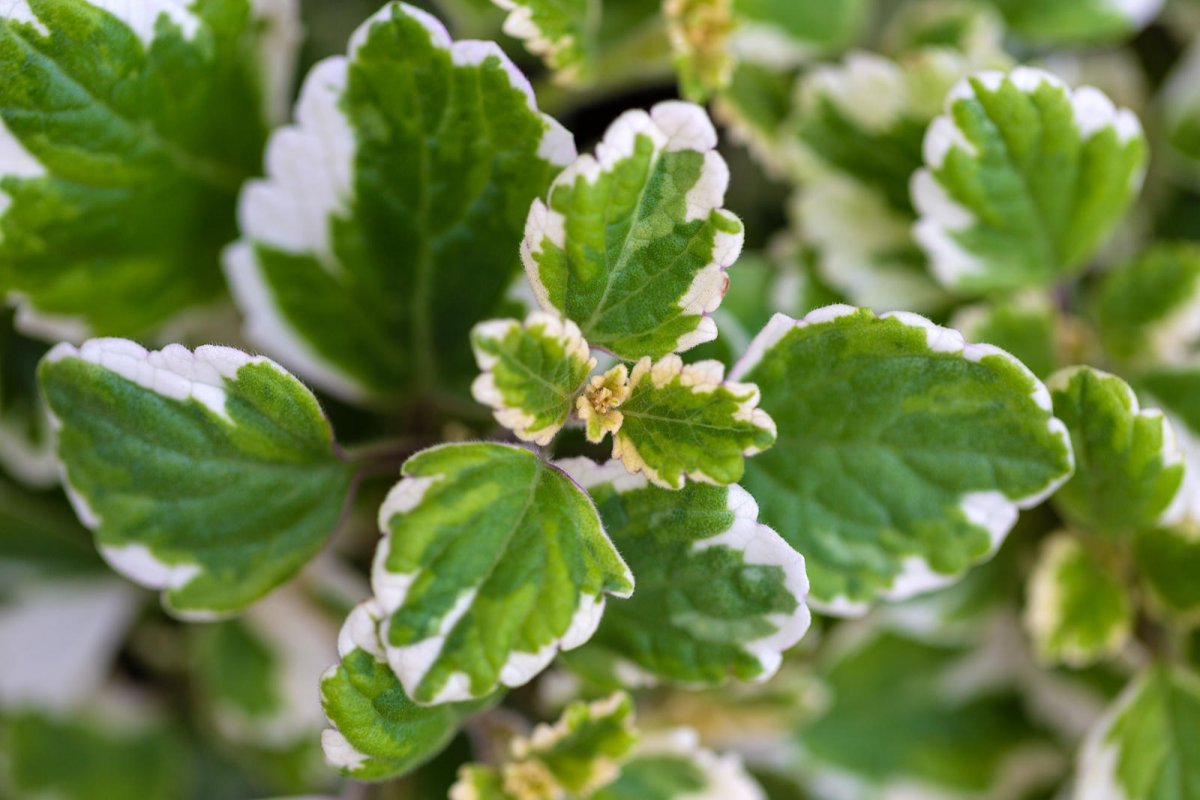
How to repot a Swedish ivy?
A potted Swedish ivy should be repotted at least once a year. It’s essential because of the spreading roots. In some cases, you might need to do it even more often - three times a year. Changing the container is essential if you want to see your Swedish ivy bloom and grow properly.
Swedish ivy - typical problems and diseases
Swedish ivy is resistant to most diseases, so any issues occur rarely. Regardless, sometimes you might notice aphids on the leaves. In this case, focus on getting rid of the pests. You can also purchase a special product to nourish and restore the damaged plant.
Where to buy a Swedish ivy?
Swedish ivies are commonly offered by flower shops and gardening centers. Sometimes, you can find seedlings in supermarkets. Searching for this species on online marketplaces is also a good idea. Sometimes, people want to get rid of good plants for a low price.
How much does a Swedish ivy cost?
The price of a Swedish ivy plant depends on various factors - such as its size and type of leaves. The cheapest plants cost no more than a few dollars. For the most expensive ones, you might have to pay even $30. But you have to admit - it’s a low price to pay for the valuable properties and freedom from mosquitoes.
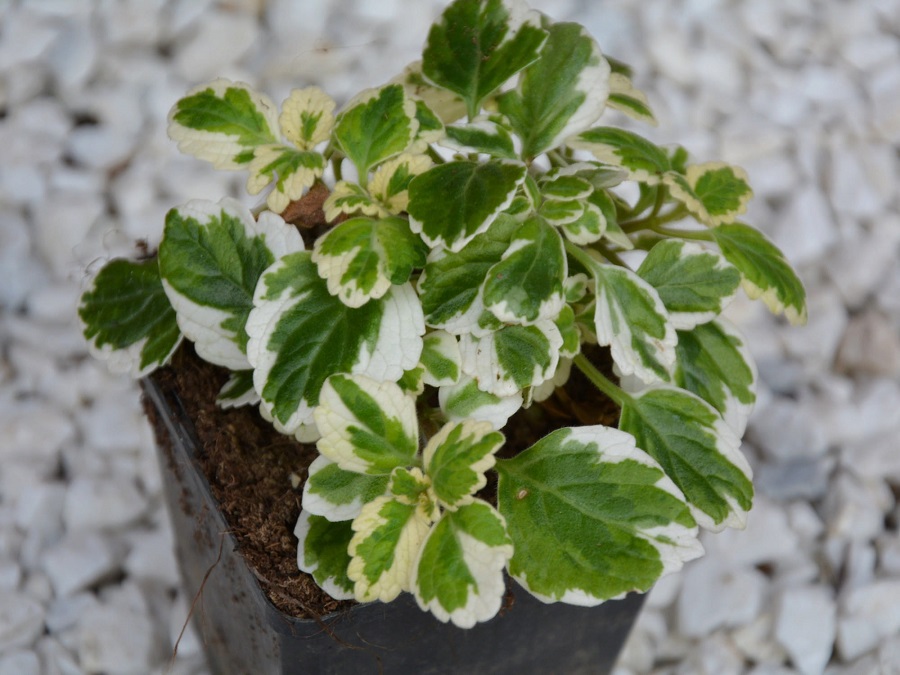
📍 What is a Swedish ivy?
Swedish ivy is a perennial plant. It has characteristic leaves - green with white edges. You can recognize the plant by the way it spreads to the sides.
📍 When is the best time to plant a Swedish ivy?
You can plant a Swedish ivy outside - but the temperatures have to be warm. If you live in colder zones, wait until the second half of May. You can plant a Swedish ivy directly in the ground in your garden, but it also grows well in containers. Such potted plants are perfect for decorating patios and gazebos.
📍 Where can you buy a Swedish ivy?
You can buy Swedish ivy seeds in a gardening store. Such places also offer seedlings of this plant. Online stores and auction websites often offer these plants in various stages of growth.
📍 How to overwinter a Swedish ivy?
Keeping a Swedish ivy on the balcony is not the best solution. If you want the plant to survive winter, you have to overwinter it correctly. It means you should take it inside before the first frosts. The optimal temperature for overwintering Swedish ivies is 10-15°C (50-59°F).
Featured articles




